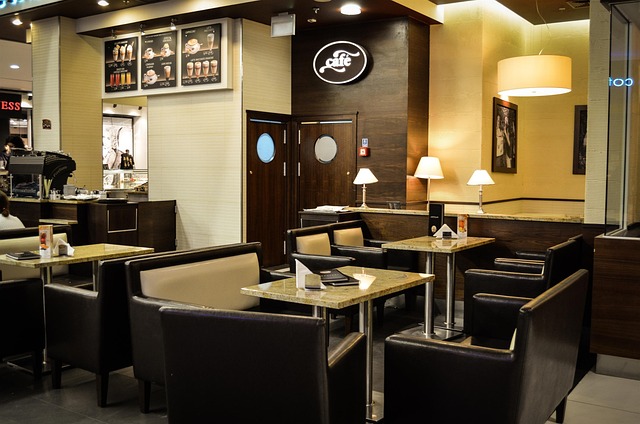The art of café design is a fascinating blend of aesthetics, functionality, and atmosphere, a space where architecture meets creativity. Each café serves not just coffee but also an experience, a curated environment encouraging socialization, relaxation, and sometimes even inspiration. The moment you step into a café, you are not just entering a place to grab a quick drink; you are entering a world where art breathes life into every corner.
Good café design starts with a clear vision of the atmosphere that the owner wishes to create. Whether it’s a cozy hideaway or an open, airy space, the architecture must resonate with the target audience. A well-designed café makes use of intriguing architectural elements – large windows for natural light, high ceilings for an open feel, or even unique structural components that draw the eye and create a conversation piece.
Art plays a crucial role in café design, transforming conventional spaces into dynamic environments. Walls adorned with local artwork or murals can serve as focal points, inviting customers to linger longer and sparking conversation. The choice of colors, textures, and materials will further enhance the sensory experience, creating an inviting, warm atmosphere. A carefully curated color palette can evoke emotions; warm tones can stimulate appetite and comfort, while cool tones might foster relaxation and focus.
Seating arrangements are pivotal in café design, influencing how patrons interact with the space and each other. The layout can encourage community by offering communal tables or cozy nooks for intimate conversations, thereby shaping the social dynamics within the café. The design must also consider accessibility, ensuring that everyone can enjoy the space comfortably.
Functionality cannot be overlooked in café design. The flow of the features such as the counter, kitchen, and seating must operate seamlessly, allowing staff to serve customers efficiently. An open design where the preparation area is visible can create a feeling of transparency and trust, inviting customers to appreciate the craft behind their beverage. This connection between the artist (barista) and the patrons is integral to the café experience.
Moreover, incorporating sustainable practices into café design not only enhances its aesthetic appeal but also addresses environmental consciousness. From using reclaimed materials to implementing energy-efficient systems, sustainable café design reflects a commitment to the community and the planet. This not only draws in eco-conscious consumers but also creates a narrative that customers can identify with.
Ultimately, café design stands at the intersection of art and architecture, creating a harmonious environment that invites patrons to connect with each other and with the art of coffee. It cultivates a space where creativity and community flourish, and where every detail, from the structure to the decor, contributes to a beautiful, functional experience.




